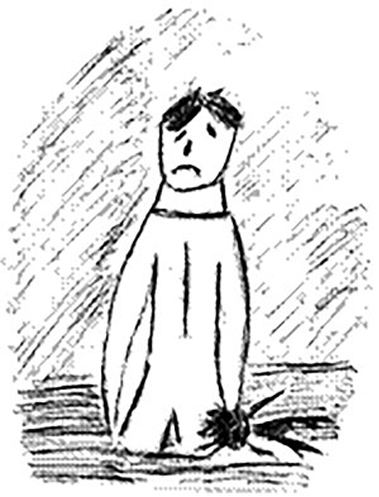3 Interplay between values, ethics and the law
The values that you have considered so far are interconnected in a number of ways. For example, a commitment to working in partnership, empowering service users and respecting their rights requires a commitment to valuing diversity and to anti-oppressive practice. Anti-oppressive practice involves working positively to challenge myths and stereotypes and speaking out and combatting discrimination against certain groups of people that occurs through social practices, and the law itself (Braye and Preston-Shoot, 2016).
You should be aware from the outset, however, that social work values are not necessarily reflected in the law. For example, you will find law preventing discrimination, but you will not find legal duties to promote anti-oppressive practice. Nonetheless, good social work practice and professional responsibility go beyond fulfilling the obligations in law.
This is a course about both law and social work: it aims to introduce you to the legal framework and to consider its implications for practice, which can be affected both negatively and positively by how you apply the law. For instance, people who work in social work need to be able to reflect on the impact of their decisions to use legal powers and intervene in an individual’s or family’s life.
Social workers often have to resolve a tension that may arise between the compulsory interventions they make and the values they espouse. The following activity is an example of how the interaction between law and social work values can be fraught with tension.
Activity 7 Parents Against Injustice PAIN
Listen to the interview with Sue Amphlett, who, at the time, was the chairperson of Parents Against Injustice.

In the interview, Sue, who was herself a professional, talks about the effect of compulsory intervention in her family’s life. It is clear that the intervention was carried out in accordance with the statutory framework, under which the social workers had the power to intervene; however, listen to Sue talk about the impact of that intervention. Then answer the following questions.
Transcript: Audio 2 Interview with Sue Amphlett
- How did Sue view the intervention of the social worker?
- Was it enough to say ‘the children haven’t been abused, we will withdraw’?
Discussion
Listening to Sue highlights the tensions between the law and social work. Arguably the intervention in the family was justified in law, but the fact that the family were left so bruised by the experience, even after the adults were cleared of any wrongdoing, suggested that the process itself can be damaging and perhaps the intervention was based upon the law and the social workers lost sight of social work values? It is important to remember that at the end of the social worker’s intervention or input there is a family who have to pick up the pieces and try to carry on with their lives.
Social work is a responsible and demanding job. Practitioners work in social settings characterised by enormous diversity, and they perform a range of roles, requiring different skills. Public expectations, agency requirements and resources, and the needs of service users all create pressures for social workers. The public receives only a snapshot of a social worker’s responsibilities; and, against a background of media concentration on the sensational, the thousands of successful outcomes and years of hard work in childcare and with vulnerable adults are never considered.
